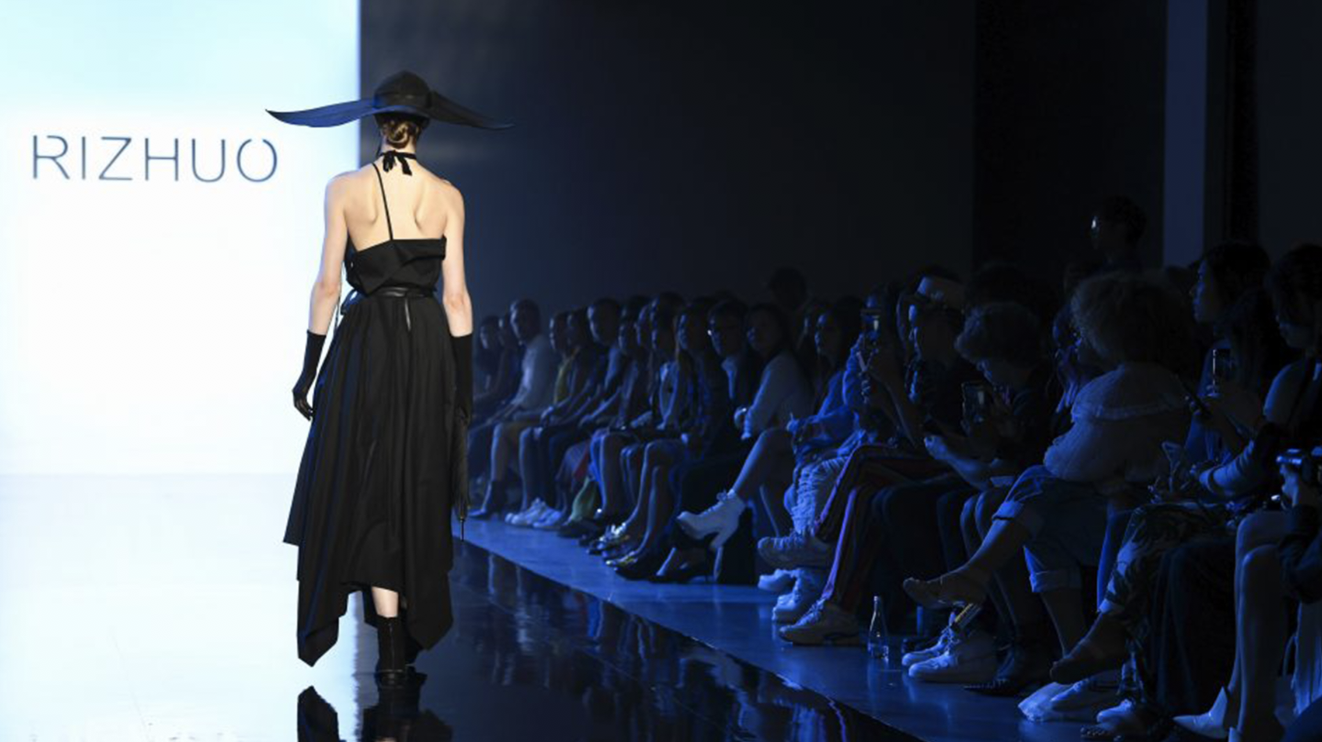It’s a familiar story. A sales associate from a luxury boutique in Beijing adds a new client’s information on WeChat. The client is from Hohhot, a third-tier city in Northern China, a one and a half hour flight from Beijing. The sales associate notes her preference and assures her that he will update her on the latest collections, and more importantly, notify her via WeChat when the bag she longs for arrives in the store.
This is a familiar scene for a large portion of affluent shoppers from lower-tier Chinese cities, who are forced to travel to Beijing or Shanghai or another first- or second-tier city to do a bit of old fashion, in store luxury shopping. For residents of Hohhot, or other lower-tier Chinese cities, it’s either this or some impersonal e-commerce shopping, as most of their hometowns lack even the most basics of luxury shopping possibilities. What’s more, this underserved, lucrative consumer base shares the same desire for luxury good and pleasure of shopping for them as their first-and-second tier cities’ counterparts. They just lack the luxury infrastructure — malls, stores, and boutique
Lower-tier residents represent 35% of total true luxury consumers in China and make up 27% of total true luxury consumption in China. However, they are largely underserved compared to the affluent residents in top tier cities, where major brands have more than one location in the same city. In China, luxury brands’ combined current store footprints only captures less than half of the country’s affluent households whose annual earning is over 300,000 RMB (roughly 42,000 USD).
As lower-tier city residents continue to experience a surge in the disposable income from local economic growth, and combined with a more inexpensive cost of living, there is an opening for luxury brands to connect with these consumers in waiting on their own turf. As the growth momentum for luxury consumption in first-and-second-tier cities continues to slow down, understanding how lower-tier city consumers differ from their higher-tier city counterparts will become crucial to better target, engage, and serve this emerging consumer group. Here, Jing Daily provides three key takeaways.
Lower tier residents have higher growth rates#
The luxury category sees an especially greater growth and higher adoption rate for online shopping among lower-tier residents. For example, Tmall’s 618 Mid-Year Shopping Festival saw a 40% growth rate from lower-tier cities — an 18% surplus compared to higher-tier cities. Given this, there is an opportunity to reach these affluent online consumers in these smaller cities, as close to half of consumers there indicating that they would be willing to shop online in the next year, compared with less than a quarter of those in larger cities.
Lower tier city resident rely more heavily on both word-of-mouth and KOLs#
Lower-tier city consumers are more inclined to gather information about luxury goods through offline word-of-mouth and KOLs across entertainment-related social media platforms compared to their higher-tier city counterparts. According to the report on lower-tier city residents’ online habits from Tencent’s user research center, consumers in third- and fourth-tier cities live a less stressful life and have more free time. They interact offline with friends and family more frequently than people in higher-tier cities, prompting more offline word-of-mouth information.
Apart from the normal, day-to-day usage of Weibo and WeChat, like anywhere else in China, lower-tier city residents also prefer more entertainment-oriented social media platforms and humorous content, including short videos and live streams. For example, 65 percent of the short video app Kuaishou’s users are from 3rd-tier-and below cities — 20 percent more than Douyin, a similar short-video product that banks more users from higher-tier cities. Compared with Douyin, Kuaishou’s content is easier to consume (“接地气”) and more entertaining.
Also, as they lack immediate access to retail stores for initial shopping experiences, lower-tier city residents develop their knowledge about brands instead from KOLs, influencers, and friends for recommendations when it comes to purchases, and put more value on social engagements than higher-tier city consumers. In fact, social engagement outplays price discounts during Double 11 as the top factor that influences purchases for 3rd-tier and below residents.
The social reward to show off luxury purchases plays for lower-tier residents#
While luxury in every part of China is a signifier of wealth and status, the social context in top-tier cities is different from that in lower-tier cities. In top-tier cities, purchasing a luxury product is more about fitting into a group that shares the same values. In smaller cities, however, purchasing a luxury product is more about showing off in front of friends, family, and colleagues. It’s not about fitting into an existing group. It’s about speaking of one’s elevated lifestyle. In lower-tier cities, consumers tend to value the price of a product compared to top-tier city consumers. For them, luxury purchases are, therefore, still highly driven by the psychological pleasure of showing off within their own circle (“面子”).

